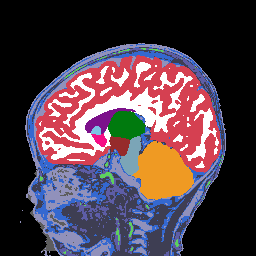
Transforming Infant Brain Imaging: BabySeg’s Groundbreaking Multi-Modal MRI Segmentation
In a remarkable leap for pediatric neuroimaging, researchers from Massachusetts General Hospital and MIT have unveiled BabySeg, a revolutionary deep learning framework designed to accurately...
Read More
